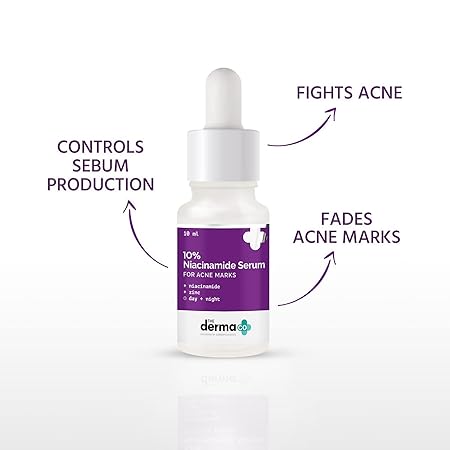
Top 1 Face Serum
Top 1 Face Serum : Face serums are lightweight, concentrated skincare products designed to target specific skin concerns like hydration, anti-aging, brightening, or acne. They’re typically applied after cleansing and before moisturizing, allowing active ingredients to penetrate deeper into the skin. Top 1 Face Serum
Top 1 Face Serum
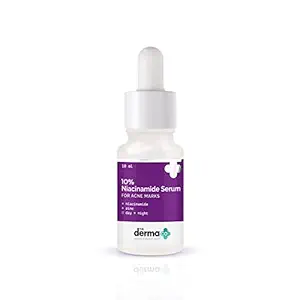
Face serums are a popular skincare product designed to deliver a high concentration of active ingredients directly to the skin. They are typically lightweight and formulated to penetrate deeper into the skin than other products like moisturizers. Here’s a comprehensive guide on face serums:
1. What is a Face Serum?
A face serum is a skincare product with a gel-like or liquid consistency. Unlike moisturizers, which often have thicker formulations to create a barrier on the skin, serums are designed to be absorbed quickly and deeply. This allows them to deliver a potent dose of active ingredients to address specific skin concerns. beautybuzz.online
2. Types of Face Serums
Face serums are usually categorized based on their primary function. Here are some common types:
- Hydrating Serums: These contain ingredients like hyaluronic acid, glycerin, or aloe vera, which attract and retain moisture, making them ideal for dry or dehydrated skin.
- Anti-Aging Serums: Formulated with ingredients like retinol, peptides, and antioxidants (such as vitamin C or E), these serums help reduce fine lines, wrinkles, and other signs of aging by boosting collagen production and protecting the skin from free radical damage.
- Brightening Serums: Often contain ingredients like vitamin C, niacinamide, or licorice extract, which help to even out skin tone, reduce hyperpigmentation, and enhance radiance. Top 1 Face Serum
- Acne-Fighting Serums: Contain ingredients like salicylic acid, benzoyl peroxide, or tea tree oil that target acne by exfoliating the skin, reducing inflammation, and preventing clogged pores.
- Exfoliating Serums: These contain alpha hydroxy acids (AHAs) or beta hydroxy acids (BHAs) that help to remove dead skin cells, improve skin texture, and promote cell turnover.
3. Key Ingredients in Face Serums
The effectiveness of a serum largely depends on its active ingredients. Here are some common ones:
- Hyaluronic Acid: A powerful hydrating ingredient that can hold up to 1,000 times its weight in water, making it excellent for moisturizing the skin.
- Retinol (Vitamin A): A popular anti-aging ingredient that helps to reduce the appearance of wrinkles and fine lines by stimulating collagen production and promoting cell turnover.
- Vitamin C: An antioxidant that helps to brighten the skin, reduce hyperpigmentation, and protect against environmental damage.
- Niacinamide (Vitamin B3): Known for its anti-inflammatory properties, it helps to improve skin texture, reduce redness, and regulate oil production.
- Peptides: Short chains of amino acids that help to stimulate collagen production, making the skin firmer and more elastic.
- Salicylic Acid: A BHA that exfoliates the skin and helps to unclog pores, making it effective for treating acne.
Top 1 Face Serum
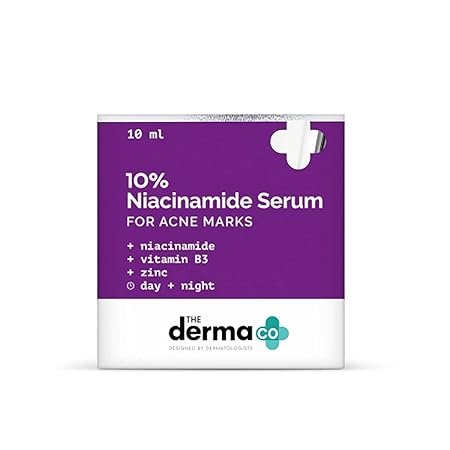
4. How to Use a Face Serum
- Step 1: Cleanse: Start with a clean face. Use a gentle cleanser to remove any dirt, oil, or makeup.
- Step 2: Apply Serum: After cleansing, apply a small amount of serum to your face and neck. Gently pat it into your skin with your fingertips.
- Step 3: Moisturize: Once the serum has absorbed, follow up with a moisturizer to lock in the active ingredients and keep your skin hydrated.
- Step 4: Sunscreen (Morning Routine): If you’re applying serum in the morning, finish your routine with sunscreen to protect your skin from UV damage.
5. Choosing the Right Serum for Your Skin Type
- Dry Skin: Look for hydrating serums with hyaluronic acid or glycerin.
- Oily/Acne-Prone Skin: Opt for serums with salicylic acid or niacinamide to help regulate oil production and prevent breakouts.
- Sensitive Skin: Choose gentle serums with soothing ingredients like aloe vera, chamomile, or centella asiatica (cica).
- Aging Skin: Anti-aging serums with retinol, peptides, or antioxidants like vitamin C are beneficial.
6. Tips for Using Face Serums
- Patch Test: Before using a new serum, do a patch test on a small area of your skin to check for any allergic reactions.
- Start Slowly: If you’re new to serums, start by using them every other day and gradually increase to daily use as your skin adjusts.
- Layering: If you’re using multiple serums, apply the thinnest one first and wait a few minutes before applying the next. This ensures better absorption.
7. Potential Side Effects
While serums are generally safe, some active ingredients like retinol or acids may cause irritation, especially in sensitive skin. If you experience redness, peeling, or discomfort, reduce the frequency of use or switch to a milder product.
8. Storage
Store your serum in a cool, dark place to maintain its potency. Some serums, especially those with vitamin C, should be kept in the refrigerator to prevent oxidation.
9. Popular Face Serum Brands
- The Ordinary: Known for its affordable yet effective serums with straightforward ingredient lists.
- SkinCeuticals: Offers high-quality, scientifically backed serums, especially popular for their antioxidant serums.
- CeraVe: Known for its gentle, dermatologist-developed formulas that are great for sensitive skin.
- Drunk Elephant: Offers clean, effective serums free from harmful chemicals.
Top 1 Face Serum
Steps of face serum
Top 1 Face Serum : Here are the key steps for using a face serum effectively in your skincare routine:
1. Cleanse
Start with a clean face to ensure that the serum can penetrate the skin effectively. Use a gentle cleanser suited to your skin type to remove dirt, oil, and makeup.
2. Tone (Optional)
If you use a toner, apply it after cleansing. Toners help to balance your skin’s pH and can also prepare your skin for better absorption of the serum.
Top 1 Face Serum
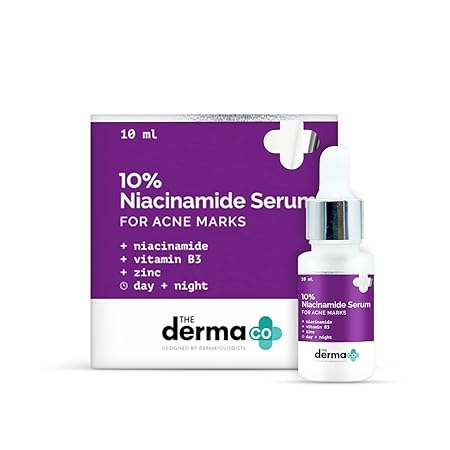
3. Apply Serum
- Dispense a Small Amount: A few drops (2-3) of serum are usually enough.
- Gently Apply: Pat the serum onto your skin using your fingertips. Focus on areas of concern, such as fine lines or dark spots, but apply evenly across the face and neck. beautybuzz.online
- Allow Absorption: Let the serum absorb fully into your skin for about a minute before moving to the next step.
4. Moisturize
After the serum has absorbed, apply a moisturizer to lock in the active ingredients and provide additional hydration. This step is crucial as serums alone are not typically moisturizing enough.
5. Apply Sunscreen (Morning Routine)
If you are using the serum in the morning, finish your routine with sunscreen to protect your skin from UV damage. This is especially important if your serum contains ingredients like retinol or vitamin C, which can make your skin more sensitive to the sun. Top 1 Face Serum
Top 1 Face Serum
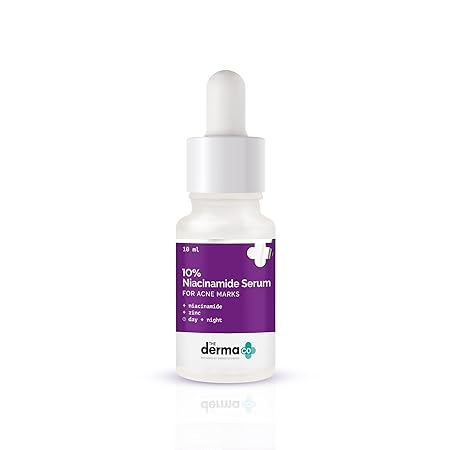
6. Night Routine
If applying the serum at night, you can follow up with a moisturizer and then proceed with any additional night-time treatments, like a night cream or facial oil. Top 1 Face Serum
Frequency
Start by using the serum once daily, preferably at night, and increase to twice daily (morning and night) if your skin tolerates it well. Always follow the product’s instructions regarding frequency.
You can read also : Best 1 Hair Dryer




